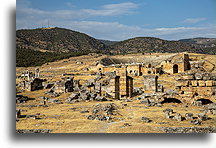
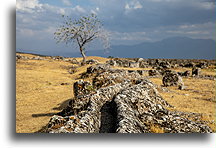
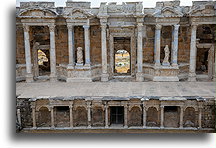
From its beginning, Hierapolis was a spa town where doctors used Pamukkale thermal springs to treat their patients. The city was founded by the king of Pergamon in the 2nd century BC. In Roman times, Hierapolis became one of the most important centers in the field of art, as evidenced by the large Amphitheaterthat survives to this day. The city was also at the forefront of technology. A water-powered sawmill for cutting large blocks was constructed here
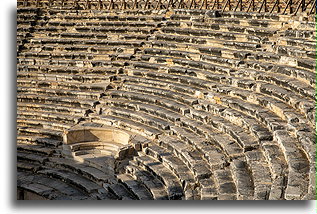
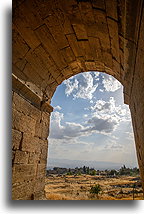
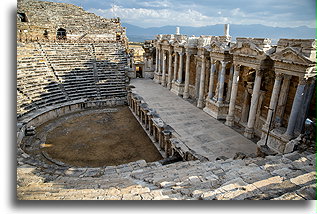
The Christian apostle Paul probably visited this city. Another apostle, Philip spent his last years here spreading the teachings of Christ. It is said that he was martyred in Hierapolis, by being hung, or crucified head down in AD 80.
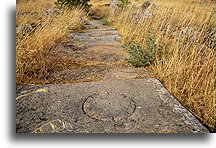
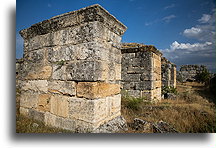
In the 1960s, hotels were built on the remains of the ancient city of Hierapolis, destroying some of the ruins and changing the flow of thermal water that was supposed to supply hotel’s swimming pools. As a result, the legendary white terraces became dry. When Pamukkale and Hierapolis were declared a UNESCO World Heritage Site in 1988, the hotels were demolished, but the damaged thermal springs did not return to their original state.




